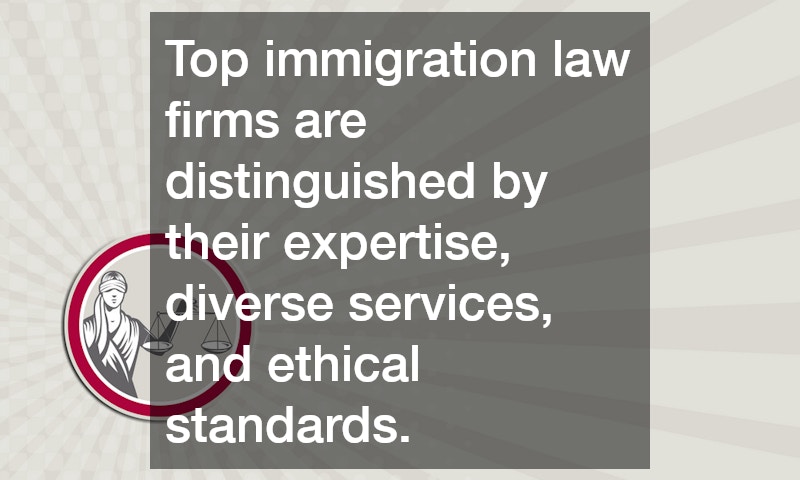There are several reasons why a business might want to expand its operations into new locations. Perhaps the company is experiencing rapid growth and needs to open new stores to meet customer demand. Or maybe the original location has reached its maximum capacity, and it’s time to start looking for new real estate. Whatever the reason, expanding into recent locations can be a great way to tap into new markets and customer bases, as well as gain new knowledge and skills that will help the business grow even further.
Businesses should consider a few critical steps before expanding into new locations. So if you’re thinking about taking your business to the next level by opening up a new store or office, here are a few things you need to keep in mind.
Define Your Goals and Target Market
Before expanding into new locations, it’s essential to have a clear idea of what your goals are and who your target market is. Here are a few questions you should ask yourself:
- What are your plans for expanding into new locations?
- Who is your target market?
- What type of location will be most convenient for your target market?
- What type of location will best suit your business needs?
Once you’ve answered these questions, you’ll have a better idea of what type of location you’re looking for and your goals for expanding into new markets.
Conduct Market Research
It’s also crucial to conduct market research before expanding into new locations. This will help you determine whether there’s a demand for your products or services in the new location and whether your target market is large enough to support your business.
To conduct market research, you can start by talking to people in your target market and asking them about their shopping habits. You can also look at census data and demographic information to better understand the potential customer base in the area.
Another way to gather market intelligence is to talk to other businesses in the area. This will give you a good idea of the competition you’ll be up against and what type of prices you can expect to charge.

Find the Right Location
Once you’ve defined your goals and target market and conducted market research, it’s time to start looking for a new location. When searching for a new location, there are a few things you should keep in mind, such as:
Proximity to your target market: You want to make sure your new location is convenient for your target market. If they have to travel out of their way to get to your store or office, they’re less likely to do business with you.
Size and layout of the space: Make sure the new location is big enough to accommodate your needs. And consider the layout of the space to ensure it’s efficient and easy to navigate.
Amenities: Consider the amenities in the area, such as parking, public transportation, and restaurants. These can be important factors for your employees and customers.
Mortgage rates: Compare mortgage rates when looking at new locations. You want to find the best mortgage rate possible to keep your costs down.
Get the Necessary Permits and Licenses
You’ll also need to get the necessary permits and licenses before opening your doors in a new location. The requirements will vary depending on your business type, so be sure to do your research. You can start by contacting your local chamber of commerce or small business association.
Once you have all the necessary permits and licenses, you’ll be ready to open your business in a new location. So you can start tapping into new markets, serving new customers, and growing your business.
Standardize Your Operations
If you have multiple locations, it’s important to standardize your operations. This will help ensure consistency across all your locations and make it easier to manage your business. When operations are standardized, training employees and managing inventory are easier. It also helps to create a consistent customer experience, which can improve customer satisfaction and loyalty.
To standardize your operations, you should create a manual that outlines your procedures and policies. This manual should be given to all employees, so they know what’s expected of them. You should also periodically review the manual to ensure it’s up-to-date and accurate.
By following these steps, you can expand your business into new locations and tap into new markets. By doing so, you can take your business to the next level and continue growing your company. So don’t wait; start planning your expansion today.

